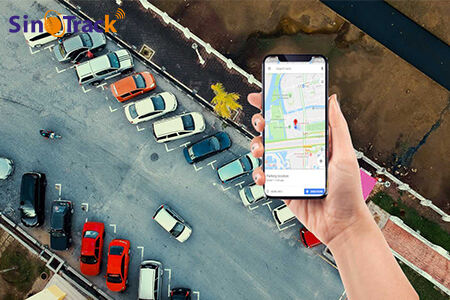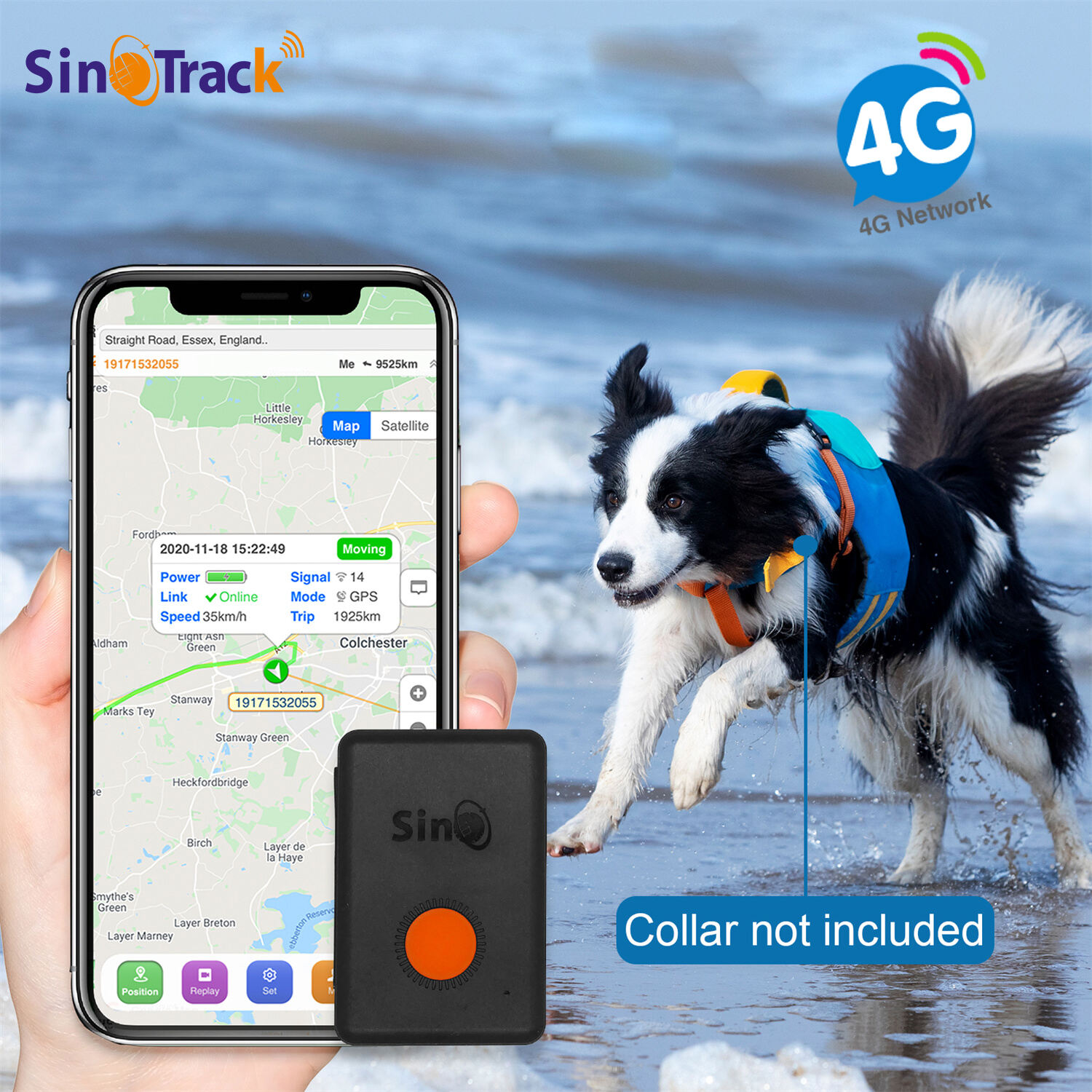The Evolution of Modern Pet Tracking Technology
In recent years, pet GPS trackers have revolutionized how we monitor and protect our beloved animal companions. As we move through 2025, these sophisticated devices have become increasingly advanced, offering pet owners unprecedented peace of mind and connection with their furry family members. The latest generation of pet GPS trackers combines real-time location monitoring, health tracking, and behavioral analysis in sleek, comfortable designs that pets barely notice.
Today's market offers an impressive array of tracking solutions, each with unique features catering to different pet owner needs. From basic location monitoring to advanced health metrics and escape alerts, these devices have transformed pet care. The rapid advancement in technology has made pet GPS trackers more accurate, reliable, and affordable than ever before.
Latest Features and Innovations in Pet Tracking
Enhanced Location Accuracy and Coverage
Modern pet GPS trackers now boast sub-meter accuracy thanks to improved satellite technology and advanced positioning algorithms. Many devices combine GPS with cellular networks and Wi-Fi positioning for seamless coverage, even in urban environments with tall buildings. The latest models feature extended battery life, with some lasting up to three weeks on a single charge, addressing a common pain point of earlier generations.
Real-time tracking has become more responsive, with location updates available every few seconds when needed. Premium pet GPS trackers now include worldwide coverage options, perfect for traveling pet owners or those living in remote areas. The integration of multiple positioning technologies ensures your pet's location is always available, regardless of environmental conditions.
Health and Wellness Monitoring
Beyond simple location tracking, contemporary pet GPS trackers incorporate sophisticated health monitoring features. These devices can track vital signs, activity levels, sleep patterns, and even detect potential health issues before they become serious. Some models include temperature sensors to prevent heat-related problems and accelerometers to monitor exercise intensity.
Advanced analytics help pet owners understand their pets' behavior patterns and make informed decisions about their care. Many pet GPS trackers now generate detailed health reports that can be shared directly with veterinarians, creating a more comprehensive approach to pet healthcare management.

User Experience and Mobile Integration
Intuitive Mobile Applications
The companion apps for pet GPS trackers have evolved significantly, offering user-friendly interfaces and powerful features. These applications provide real-time notifications, customizable safe zones, and detailed activity histories. Many apps now incorporate social features, allowing pet owners to connect with others in their area and share experiences.
Advanced mapping capabilities include augmented reality features for easier pet location, while machine learning algorithms help predict pet behavior and provide personalized recommendations. The integration with smart home systems allows for automated responses to various scenarios, such as opening pet doors or adjusting home temperature based on your pet's location and activity.
Smart Alerts and Notifications
Modern pet GPS trackers employ sophisticated alert systems that go beyond simple boundary notifications. These devices can now detect unusual behavior patterns, sudden changes in activity levels, or potential emergency situations. Custom alert zones can be created with varying sensitivity levels, and notifications can be prioritized based on urgency.
The latest models feature AI-powered analytics that learn your pet's routine and can predict potential issues before they occur. Some systems even integrate with local emergency services and veterinary clinics for rapid response in critical situations.
Durability and Design Considerations
Weather Resistance and Build Quality
Today's pet GPS trackers are built to withstand various environmental conditions. Most devices feature IP67 or higher water resistance ratings, protecting against rain, splashes, and brief submersion. The materials used have improved significantly, with many devices using lightweight yet durable aerospace-grade materials that resist scratches and impacts.
Manufacturers have focused on creating devices that can endure rough play and active lifestyles while maintaining their functionality. Special attention has been paid to attachment mechanisms, ensuring trackers stay secure during all types of activity.
Comfort and Ergonomics
The latest pet GPS trackers feature ergonomic designs that prioritize pet comfort without compromising functionality. Devices are now smaller and lighter than ever, with curved surfaces and flexible materials that move naturally with your pet. Many models offer interchangeable bands of various sizes and materials to ensure a perfect fit for different breeds and sizes.
Advanced weight distribution and balance considerations ensure that even the smallest pets can wear these devices comfortably for extended periods. Some manufacturers now offer custom-fitted options using 3D scanning technology for optimal comfort and security.
Frequently Asked Questions
How long do pet GPS tracker batteries typically last?
Battery life varies significantly depending on the model and usage patterns. The latest pet GPS trackers can last anywhere from 5-21 days on a single charge with normal use. Factors affecting battery life include frequency of location updates, strength of cellular signal, and enabled features. Many devices now include power-saving modes and quick-charging capabilities.
Are pet GPS trackers waterproof?
Most modern pet GPS trackers feature water resistance ratings of IP67 or higher, meaning they can withstand rain, splashes, and brief submersion in water. However, extended underwater exposure should be avoided. Some specialized models designed for water-loving breeds offer even higher water resistance ratings.
What happens if my pet goes outside cellular coverage?
Many current pet GPS trackers store location data locally when outside cellular coverage and sync once connection is restored. Some advanced models switch to satellite communication in remote areas, while others use mesh networks to maintain connectivity. The latest devices often combine multiple tracking technologies to ensure continuous monitoring regardless of location.
How accurate are pet GPS trackers in urban areas?
Modern pet GPS trackers achieve impressive accuracy in urban environments by combining multiple positioning technologies. Most devices now offer accuracy within 2-10 meters in cities, using a combination of GPS, cellular triangulation, and Wi-Fi positioning. Advanced models feature improved algorithms that compensate for signal interference from buildings and other obstacles.

